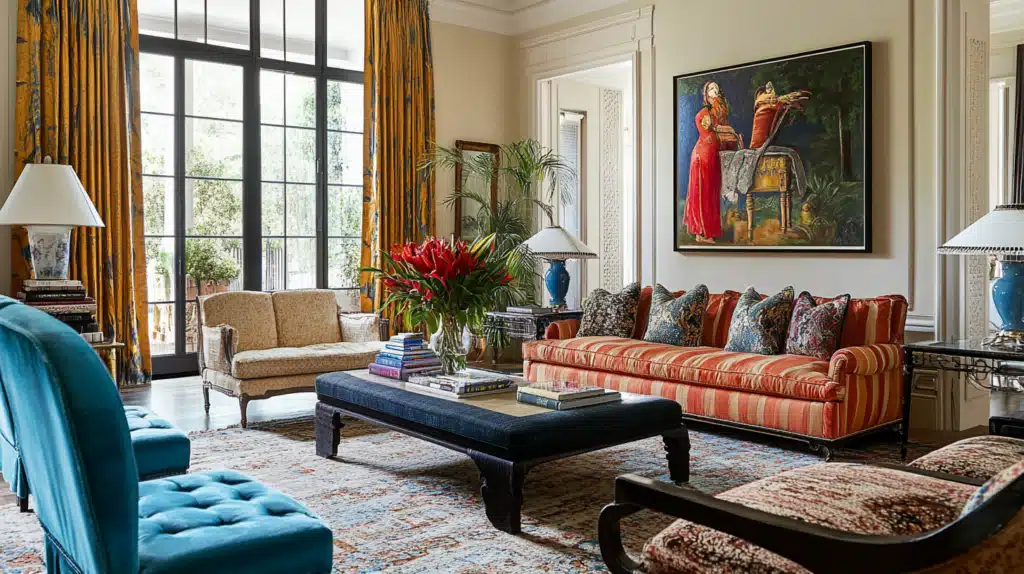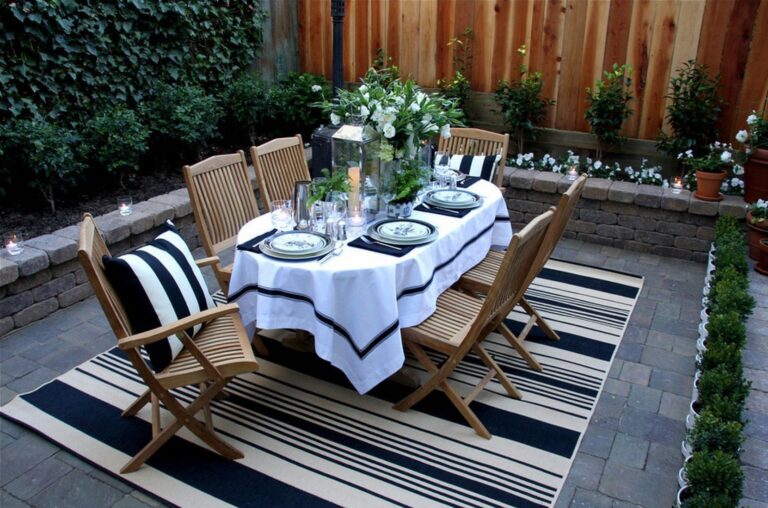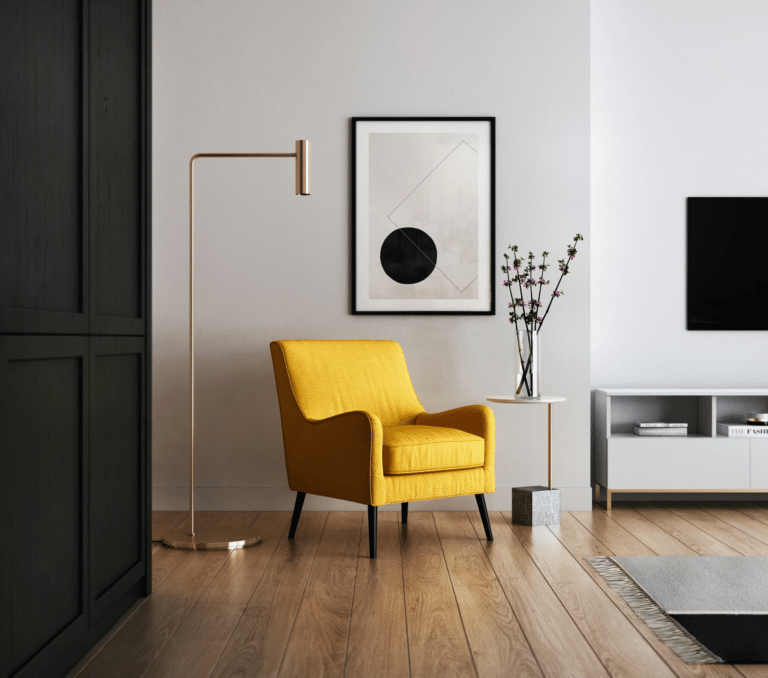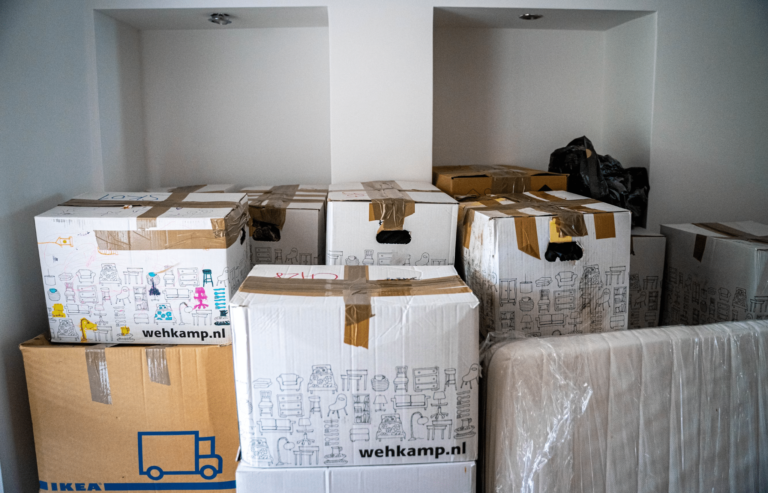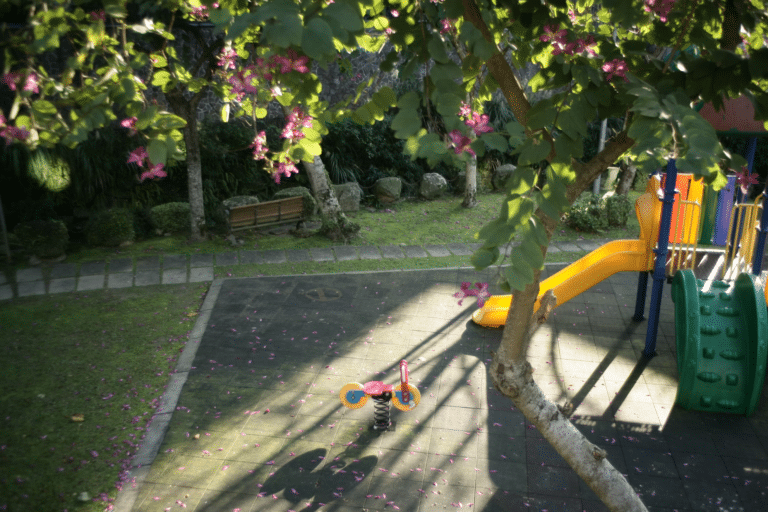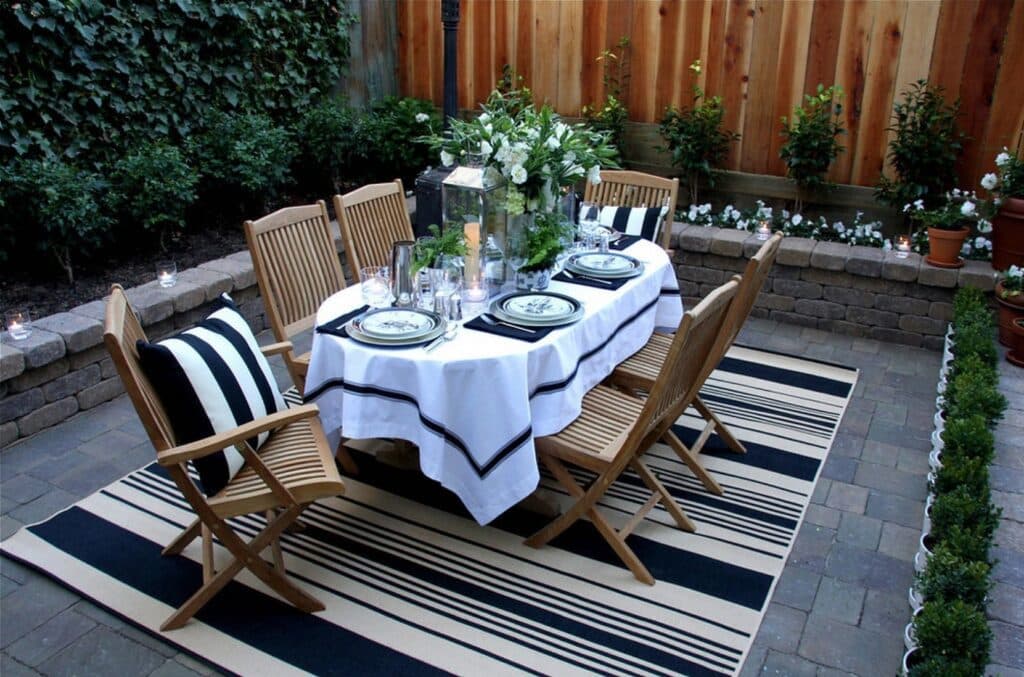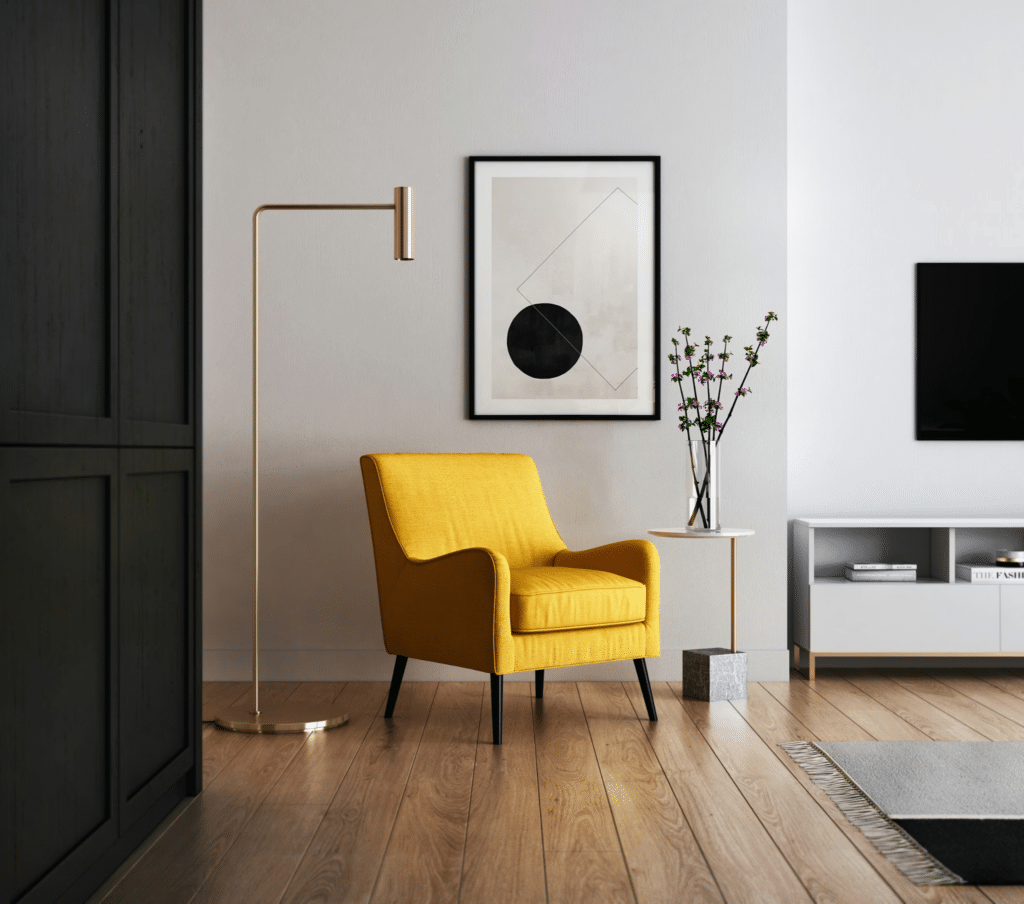Do you dream of creating a productive workspace or a comfortable home? Your decor choices can make all the difference. Indeed, creating a visually engaging space is more than just about choosing nice furniture. It’s also about creating an environment that showcases your personal style, evokes emotion, and fosters a sense of belonging. Whether you’re refreshing a room or starting from scratch, it helps to understand how different elements work together.
To that end, here are ten ways to add depth, character, and soul to your space.
1. Play with Colour and Contrast
Colour is one of the simplest and most effective ways to transform a space. A mix of bold and muted tones can make a room feel dynamic, while a monochrome palette with subtle variations in shade can create a calming atmosphere.
Contrast is also a key element of visual interest. That said, instead of sticking to conventional colour schemes, consider unexpected combinations. For example, use deep green with soft blush or navy blue with mustard yellow for a unique and sophisticated touch. This approach can make any space feel intentional and well-curated.
2. Incorporate Different Textures
Layering different textures ensures a space doesn’t feel flat or monotonous. A smooth, hard surface like glass or polished wood can be paired with soft wool, velvet, or linen. Meanwhile, natural materials such as stone or jute add an organic element to an office decorated with industrial materials like steel or exposed brick.
3. Use Art to Set the Mood
Art can set the tone of a space and reflect personal taste. However, different pieces can interact differently with each other and the surrounding décor. Thus, it’s best to be mindful about your art selections instead of randomly placing artwork. For example, a large statement piece above a sofa or desk can feel more stately and act as a focal point. Conversely, a gallery wall of art prints in varying sizes and styles adds movement and intrigue. If your preferences often change, you can switch artwork seasonally or rotate pieces to keep the space feeling fresh and interesting. This strategy allows you to enjoy different aesthetics throughout the year.
4. Add Depth with Mirrors and Reflections
Mirrors do more than just serve a practical purpose—they also enhance light, create the illusion of space, and add a decorative element. A well-placed mirror can make a small room appear larger or brighten a dimly lit area, while reflective surfaces on furniture or decor can contribute to a polished, professional aesthetic. You could experiment with antique mirrors for a vintage feel or frameless designs for a modern touch to tailor the space to your preferred style.
5. Arrange Furniture Thoughtfully
The way you arrange furniture affects how your space feels and functions. Try placing pieces at angles or in conversational groupings instead of pushing everything against the walls. Furthermore, a mix of furniture sizes and heights can make the arrangement feel more dynamic. Simply rethinking furniture placement will help you create a more interesting yet still functional space without the need for a major redesign.
6. Introduce Statement Lighting
A combination of different light sources creates depth, shapes mood, and defines a space. While overhead lighting is practical for general illumination, it can make a space feel flat. Add some table lamps, wall sconces, or pendant lights for warmth and character, or even decorative light fixtures as sculptural elements that add interest even when switched off. Meanwhile, offices can benefit from adjustable task lighting that is both functional and stylish.
7. Incorporate Natural Elements
Bringing plants indoors can add vibrancy and texture to any space. Depending on the size of the space, you can add hanging plants, tall potted trees, or a cluster of small succulents on a desk to make a room feel more inviting. Additionally, natural materials such as wood, stone, or rattan in furniture and decor contribute to an organic aesthetic. Even in minimalist designs, a touch of nature prevents the space from feeling too sterile and helps create a balanced and refreshing atmosphere.
8. Use Rugs to Define Spaces
Rugs provide warmth, texture, and structure to a room. Moreover, they can be used to visually separate areas, such as a sitting area from a dining space or a work zone from a lounge. Pick rugs of different patterns and sizes to add dimension to your space or something with an interesting design or bold colour to make a statement feature in an otherwise neutral space. This technique will allow you to introduce personality without overwhelming the room.
9. Display Personal Collections and Objects
A space feels more inviting when it tells a story. This is why personal objects, travel souvenirs, vintage finds, handcrafted items, or books can add charm and uniqueness to any space. A thoughtful selection of your beloved items on open shelves, mantels, or in glass cabinets not just creates visual interest but also makes the space more purposeful and personalised.
10. Experiment with Patterns and Prints
Done well, different prints can work together to create a cohesive look. Don’t be afraid to mix stripes, geometric designs, florals, or abstract motifs; the key is to choose items that complement each other rather than clash. For example, hang different art posters of varying scale and prints to create a sense of movement and energy in your decor.
Create Visual Interest in Your Space
A well-designed space is about balance, personality, and thoughtful choices. Play with colour, texture, lighting, and meaningful objects to create an environment that feels both engaging and comfortable with lasting visual appeal. Feel free to experiment then refine, and let your space evolve to reflect your personal style over time.

